solving chronic issues for good
Biomechanics are the ways our bodies move to perform certain tasks. For our everyday tasks, these mechanics are habitual, and we go through the motions without much conscious awareness of them. We often don’t think about the way we move at all until we begin to experience pain.
Picture this: you’ve been experiencing low back pain that has slowly worsened over the last 6 months and you don’t know why. You decide to see a movement expert (my recommendation is a physical therapist, but I’m a bit biased). They do tests on you, examine your biomechanics for everyday tasks, identify faulty movements, perform hands on treatments to help reduce your pain, and run you through a series of exercises to prepare your body for improved mechanics. After 2 weeks of this, your back has never felt better, you thank your PT for all their help, and let them know that you are cured and never coming back to that torture room they call a clinic. You start slacking on your home exercise program because life is just too busy, and 1 month later, that familiar pain starts rearing its ugly head. Where did you go wrong?
Let’s rewind to the moment you decided you were cured. No more pain equals no more problem. Wrong. We have made the common mistake of thinking that the pain is the problem, when in fact, it is only a symptom of the real issue at hand: poor biomechanics. Getting rid of the pain is only the first step. The next and most crucial step is making our new and improved biomechanics become habitual. A good physical therapist will design a plan for you that encourages this very thing to happen. However, there is one thing you can do to ensure that all of your hard work and training transfers over to your everyday movements: by making a conscious effort to apply what you have learned in physical therapy to your everyday life.
This is actually a lot harder than it sounds. Once our brains have determined an efficient and effective way to complete a task, it has a tendency of operating on autopilot, so you are able to multitask and think about or do other things while you are doing the dishes or taking out the trash. Most of us require this ability to multitask in order to complete everything that is required of us to maintain a lifestyle and we may find it difficult to find the time to do this. If this is you, I recommend that you start with one task that requires these new improved movements fairly repetitively. For example, if you are experiencing low back pain due to faulty biomechanics, a good time to focus on developing healthier movement habits would be during an activity that requires bending, stooping, or twisting, such as laundry or sweeping. It will usually be a previously aggravating activity. Turn off the TV or audiobook, stop brainstorming for that upcoming meeting, and focus on performing the task with the new and improved mechanics you learned in therapy. Eventually, these new and improved mechanics will become habit at least for that specific activity, and you can move on to focusing your attention to proper biomechanics during a different activity or task. After enough practice your brain will realize that these muscles are valuable for specific movements and will begin to access them much more frequently, without you having to be consciously aware of it. It’s all about training the brain!
